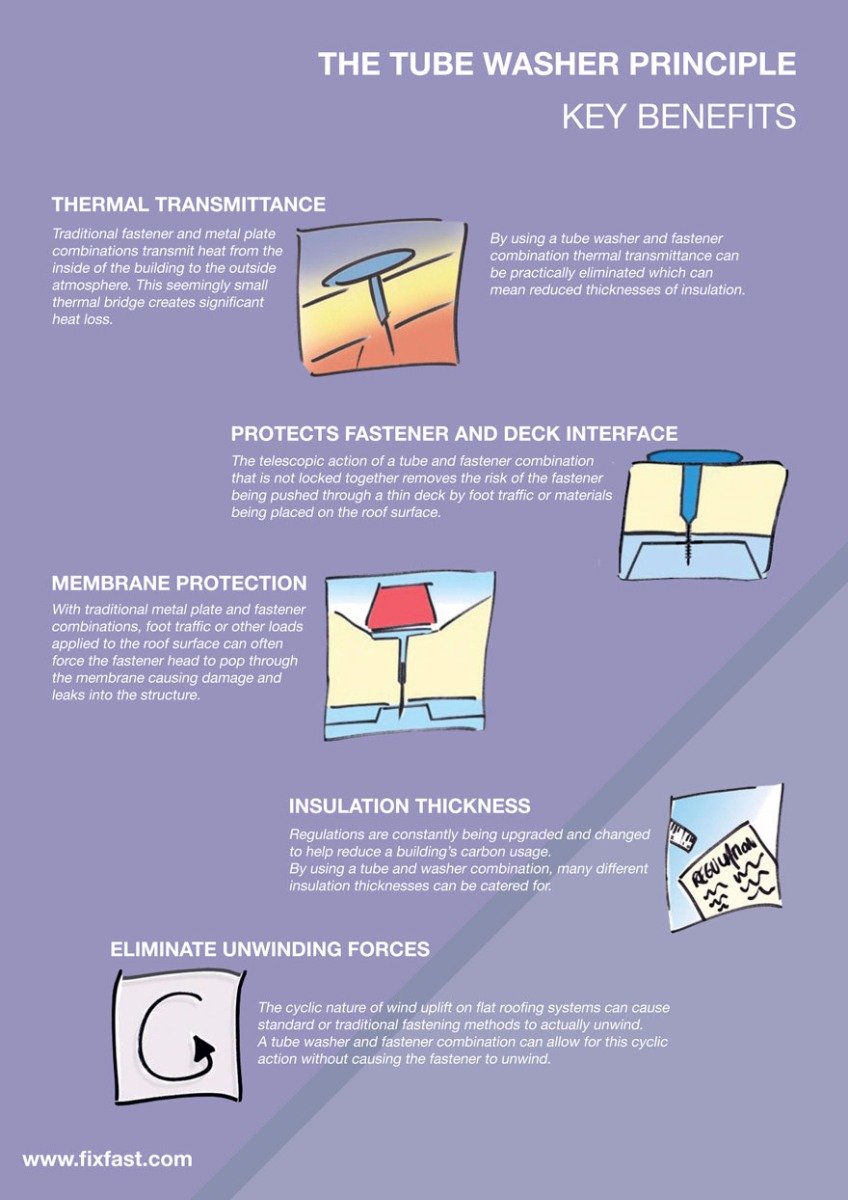Discover How Various Weather Condition Scenarios Can Affect Your Roofing System Setup, Aiding You Achieve A Job Well Done
Discover How Various Weather Condition Scenarios Can Affect Your Roofing System Setup, Aiding You Achieve A Job Well Done
Blog Article
Post Developed By-Terry Smith
When it pertains to roof covering setups, the weather can make or damage the task. Visualize the stress of dealing with materials that will not comply because of extreme warm or battling slippery surface areas caused by unforeseen rainfall. Understanding the impact of weather conditions on your roofing task is vital for an effective outcome. So, let's check out just how different weather elements can influence the top quality and resilience of your roof installation, ensuring a work well done.
Influence of Temperature Level on Roof Installment
When it pertains to roofing installment, temperature plays a vital function at the same time. The suitable temperature level for roofing jobs typically falls between 45 and 85 degrees Fahrenheit. Severe heat can trigger materials like roof shingles to become as well flexible, leading to prospective damage throughout setup. On the other hand, chilly temperatures can make materials fragile and susceptible to breaking. It is essential to set up roof covering installations throughout modest temperatures to guarantee the best end result.
During colder weather, professionals may require to take additional preventative measures such as utilizing heated devices or enabling materials to heat up before setup.
In contrast, hot weather might require work to be done earlier or later on in the day to stay clear of the peak temperatures. By taking into consideration the temperature and its effects on roof products, you can assist make certain a successful installation that will hold up against the components for many years ahead.
Impact of Rainfall on Roof Covering Projects
Roofing tasks can be significantly impacted by precipitation, influencing both the timeline and the quality of the setup. Rain or snow can develop slippery problems, making it dangerous for roofers to service a wet surface area. Furthermore, dampness can jeopardize the attachment of materials like roof shingles or underlayment, resulting in possible leakages or problems in the future.
If it rains during a roofing job, the water can permeate into prone locations, causing hold-ups as the setup crew have to wait on the roofing system to dry before continuing. Too much wetness can also advertise the development of mold and mildew and mildew, more threatening the stability of the roof.
To prevent these problems, it's recommended to schedule roof jobs throughout drier seasons or monitor the weather forecast carefully to prepare about any type of possible rainstorms. By taking precautions to work in beneficial weather conditions, you can make certain a smoother and extra successful roof covering setup process.
Influence of Wind Speed on Setup Success
Throughout roof covering installation, the rate of the wind plays a critical duty in establishing the success of the task. High wind rates can pose considerable challenges to roofing professionals, possibly leading to safety and security risks and top quality problems. When wind speeds go beyond advised limits, it comes to be hard to deal with materials, raising the danger of crashes and damage to the roof covering products. Strong gusts can likewise influence the precision of dimensions and the accuracy required for proper installment.
To make Read the Full Report covering setup, it's necessary to check and take into consideration wind rates. Preferably, best roofers in san antonio covering setup ought to happen on days with reduced to modest wind speeds. This not only improves the safety and security of the workers yet additionally enhances the overall high quality of the installment.
Roof tasks arranged throughout calm weather conditions are more probable to be finished efficiently and with fewer errors. By taking notice of wind speed forecasts and preparing as necessary, you can help ensure a smooth and effective roofing installment process.
Final thought
So, when it pertains to roofing setup, keep in mind to consider the weather to make sure a successful job. Optimal temperatures, dry conditions, and moderate wind rates are vital elements to prioritize for a smooth setup procedure. By arranging Read This method during the very best periods and optimal weather, you can attain a long lasting and long-lasting roof covering that will shield your home for years to come.
